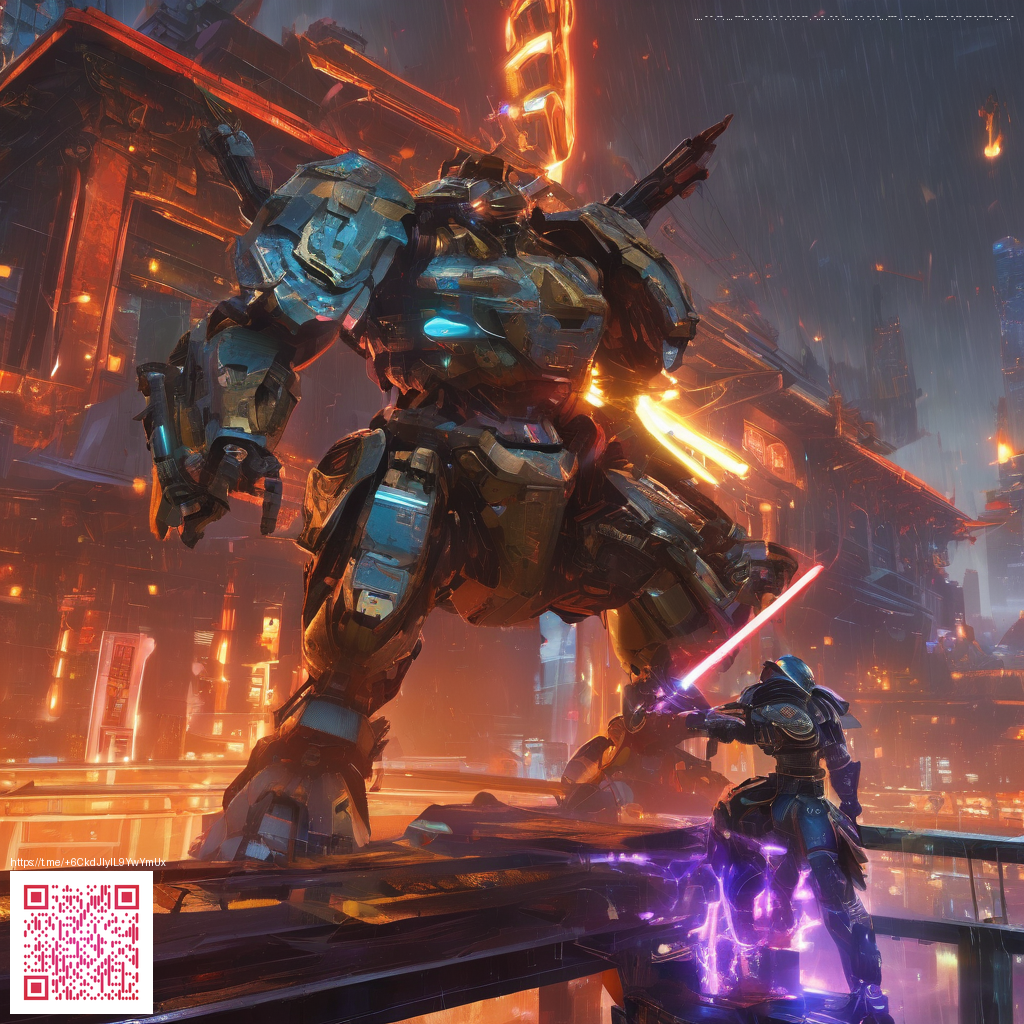
Where Doom Eternal finds its footing among rival shooters
Fast paced and relentlessly calculated Doom Eternal positions itself as a benchmark for serious arcade style action. Its design rewards aggression while demanding smart ammo management and precise timing. Against contemporary competitors the game stands out with a surgically intense tempo that never quite lets up. The result is a playground where reflexes meet strategy and the battlefield itself becomes a puzzle to solve in seconds rather than minutes.
In the landscape of modern first person shooters, Doom Eternal leans into a hybrid of run and gun action and tactical hazard management. Other big names skew toward cover based play or cover and reload cycles. Doom Eternal pushes you to chain attacks with glory kills while juggling ammo for heavier guns. That loop creates a sensation of momentum that feels distinctly responsive and kinetic. It is not simply about dishing out damage it is about optimizing flow through every encounter 💠.
Gameplay rhythm and design philosophy
The core rhythm centers on quick map reads and brutal weapon sequencing. You move through arenas that mix tight corridors with open arenas and intersecting elevation. Enemies demand different approaches and you must adapt on the fly. This keeps fights feeling fresh even after you have faced dozens of similar foes. The sound design a driving soundtrack and weapon cues reinforce the sense of power during critical moments. That sonic feedback is not just flavor it informs timing and risk assessment 🌑.
Weapon variety is a highlight with tools that scale in potency as you unlock upgrades and mastery tokens. The progression system nudges you toward exploring every corner of a level, collecting health armor and ammo caches while seeking the perfect sequence of weapon swaps. This design philosophy emphasizes flow over static tactics letting players build their own rhythm on the fly.
Competitive snapshots against notable shooters
Comparing to Halo Infinite the difference is readability of pace and the texture of encounters. Halo emphasizes mobility and big synthetic playgrounds with a focus on multi layer map design and precision rifles. Doom Eternal leans into compact arenas and a micro tempo that rewards continuous pressure and risk tolerance. When stacked against Call of Duty style shooters the emphasis shifts away from squad based tactics toward a singular swift minded run and gun approach. It feels more like a personal duel with the arena as a partner in the chaos 👁️.
Against the discipline of a game like Destiny 2 the contrast lies in tone and pace. Doom Eternal doubles down on intensity and instant gratification while Destiny values long term progression and cooperative strategy. Both deliver strong gunplay experiences but the tonal fork is clear. The Doom experience remains an opt in for players chasing a high octane sprint through demon filled corridors while others may prefer the broader playgrounds of larger scale shooters.
Updates and DLC coverage
Original release arrived on PC PlayStation 4 and Xbox One in the spring of 2020 with a Switch launch following later in the year. The expansion set known as The Ancient Gods brought new chapters to the campaign. The first part touched down in the fall of 2020 and the second part landed in the spring of 2021. These releases expanded enemy rosters introduced new arenas and offered additional challenges that tested even seasoned slayers. Post launch refinements focused on balance quality of life tweaks and perf improvements across platforms. Fans also benefited from ongoing support addressing performance issues and ensuring the game ran smoothly on a range of hardware configurations.
The soundtrack by Mick Gordon continues to be a talking point among players with its heavy metal energy driving action across the campaigns. The audio design complements the on screen chaos giving players a sonic cue for every weapon hit and hazard. For those who chase mastery the DLC era remains a proving ground a place to test new strategies and confirm old favorites still slice through the baddies with flair.
Modding culture and community insights
Modding culture surrounding this franchise blends classic community vigor with modern workflow. The PC community often experiments with texture packs and lighting mods that push the atmosphere into swifter and darker territories. While official mod tools are not the central focus for this title the community still values user created content that refines balance or introduces fresh cosmetic touches. The enduring appeal lies in the shared knowledge of how to coax maximum speed and precision from every encounter. Even without a built in editor the ecosystem thrives on side projects and coordinated runs that showcase clever play styles 💠.
Streamers and creators contribute by dissecting level design and weapon feel in equal measure. The result is a living conversation about what makes a shooter feel crisp and responsive. Players often remix their own challenge runs and color schemes to keep the game fresh long after the first playthrough. That culture of experimentation is a key element in how a title stays relevant in a crowded market 🌑.
Developer perspectives and commentary
Id Software has long aimed to balance brutal speed with careful control. The approach to Doom Eternal emphasizes momentum as a design feature rather than a mere byproduct of fast movement. The team leans on id Tech 7 to deliver consistent frame rates and crisp hit detection which matters when every frame counts. The collaboration that shapes the experience draws on the studio lineage of pushing arcade style mechanics into modern production pipelines while preserving a sense of raw power and identity. Fans appreciate this blend of reverence for the classic Doom identity and an appetite for new ideas that keep the core action feeling fresh.
Support the decentralized internet